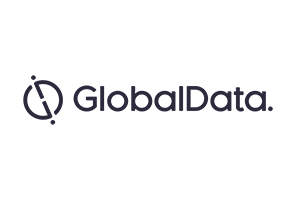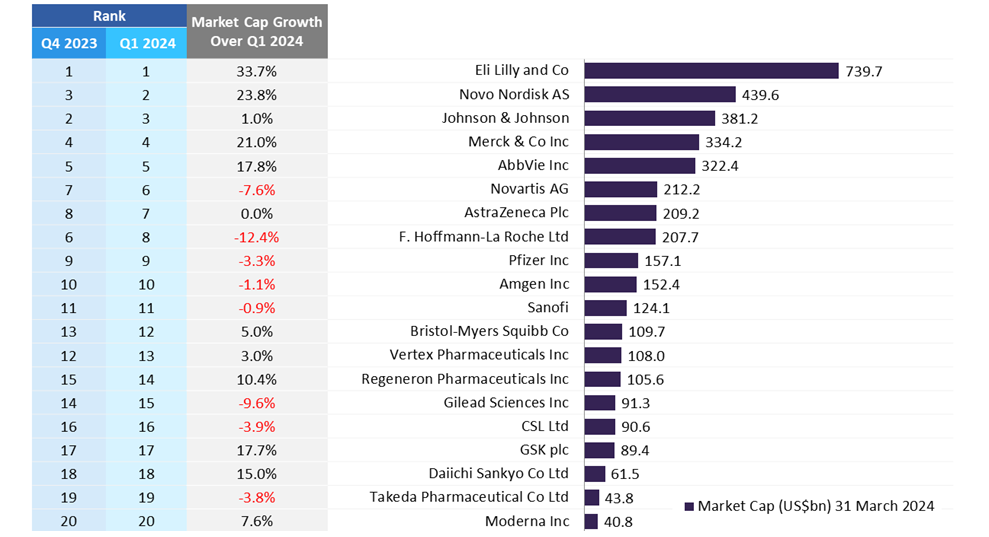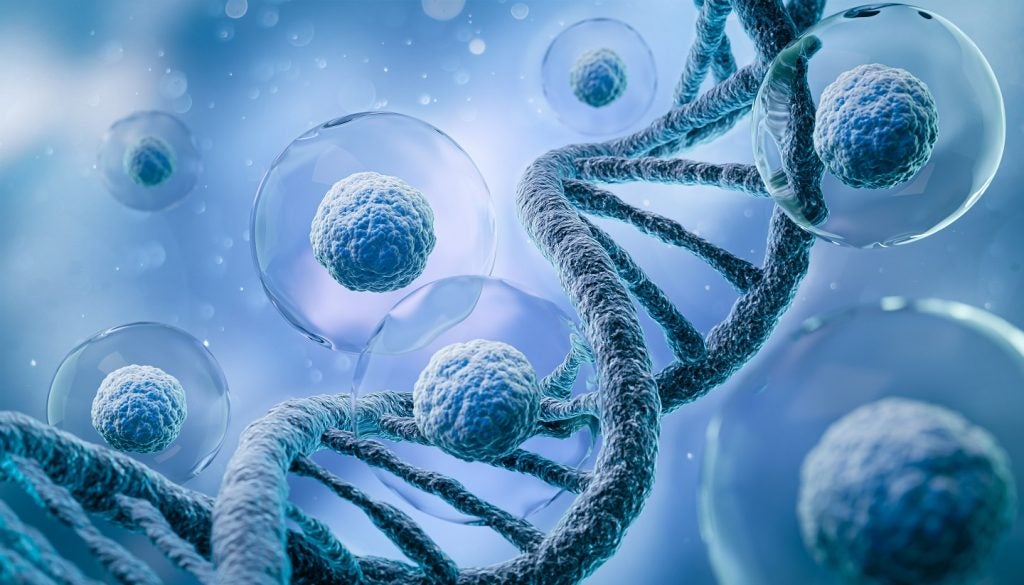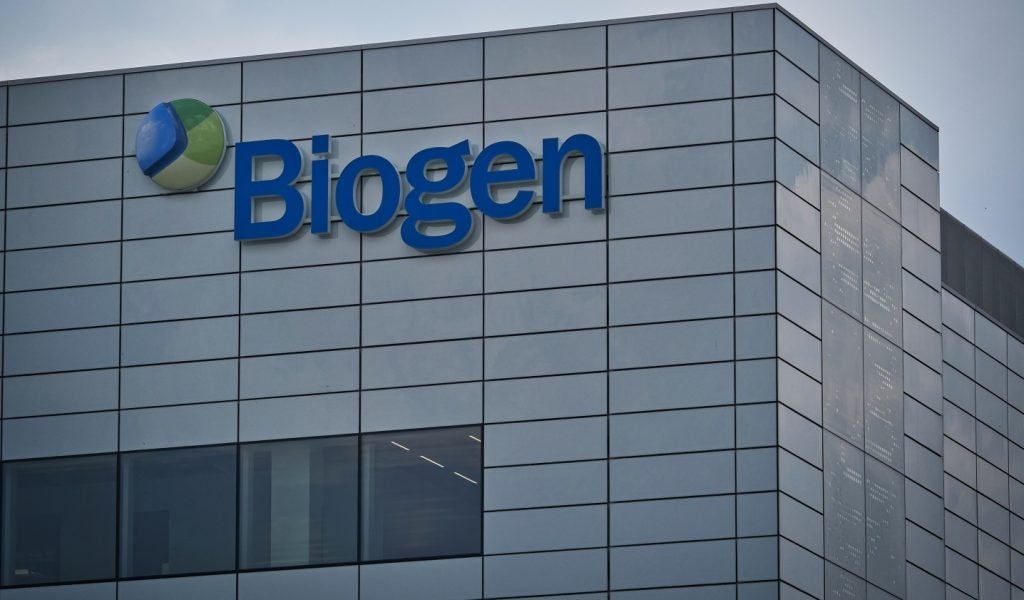
The bladder cancer market is expected to triple in size from $360m in 2015 to $1.1bn by 2025, witnessing a compound annual growth rate (CAGR) of 12.5%, according to a report by GlobalData.
Titled ‘OpportunityAnalyzer: Bladder Cancer – Opportunity Analysis and Forecasts to 2025’, the report covers the bladder cancer market across the seven major markets (7MM) of the US, France, Germany, Italy, Spain, the UK and Japan.
The main factors anticipated to drive the growth include increased adoption of immunotherapy treatments, launch of new therapies, rise in bladder cancer incidents and the introduction of new pipeline agents such as CG-0070, Vicinium and Cyramza.
The bladder cancer market is dominated by generic drugs, Bacillus Calmette-Guerin (BCG) vaccine and chemotherapies.
The launch of programmed cell death protein 1 (PD-1) modulators such as Tecentriq, however, is expected to change the market landscape during the forecast period.
See Also:
A number of large pharmaceutical companies are, therefore, focusing on developing ‘me-too’ PD-1 modulators, says Cai Xuan, PhD, Healthcare Analyst for GlobalData. Despite the efficacy of PD-1 modulators, approximately 70% of patients are not expected to respond to these drugs.
How well do you really know your competitors?
Access the most comprehensive Company Profiles on the market, powered by GlobalData. Save hours of research. Gain competitive edge.

Thank you!
Your download email will arrive shortly
Not ready to buy yet? Download a free sample
We are confident about the unique quality of our Company Profiles. However, we want you to make the most beneficial decision for your business, so we offer a free sample that you can download by submitting the below form
By GlobalDataAs a result, smaller pharmaceutical companies such as Cold Genesys, Eleven Biotherapeutics, and FKD Therapies Oy are exploring drugs with novel mechanisms of action for the treatable patient population. The bladder cancer market is an attractive prospect for these companies due to the high unmet needs and low regulatory hurdles, which provide them with a risk-reward balance.
The companies are also focusing on the development of non-muscle-invasive bladder cancer (NMIBC) treatments and exploring combination regimens to increase response rates. Late-stage pipeline agents in the NMIBC space, including CG-0070, Vicinium and Instiladrin, are expected to serve as potential alternatives to cystectomy.
The pipeline agents, however, have not been tested as a first-line treatment, where unmet needs remain, adds Xuan.






